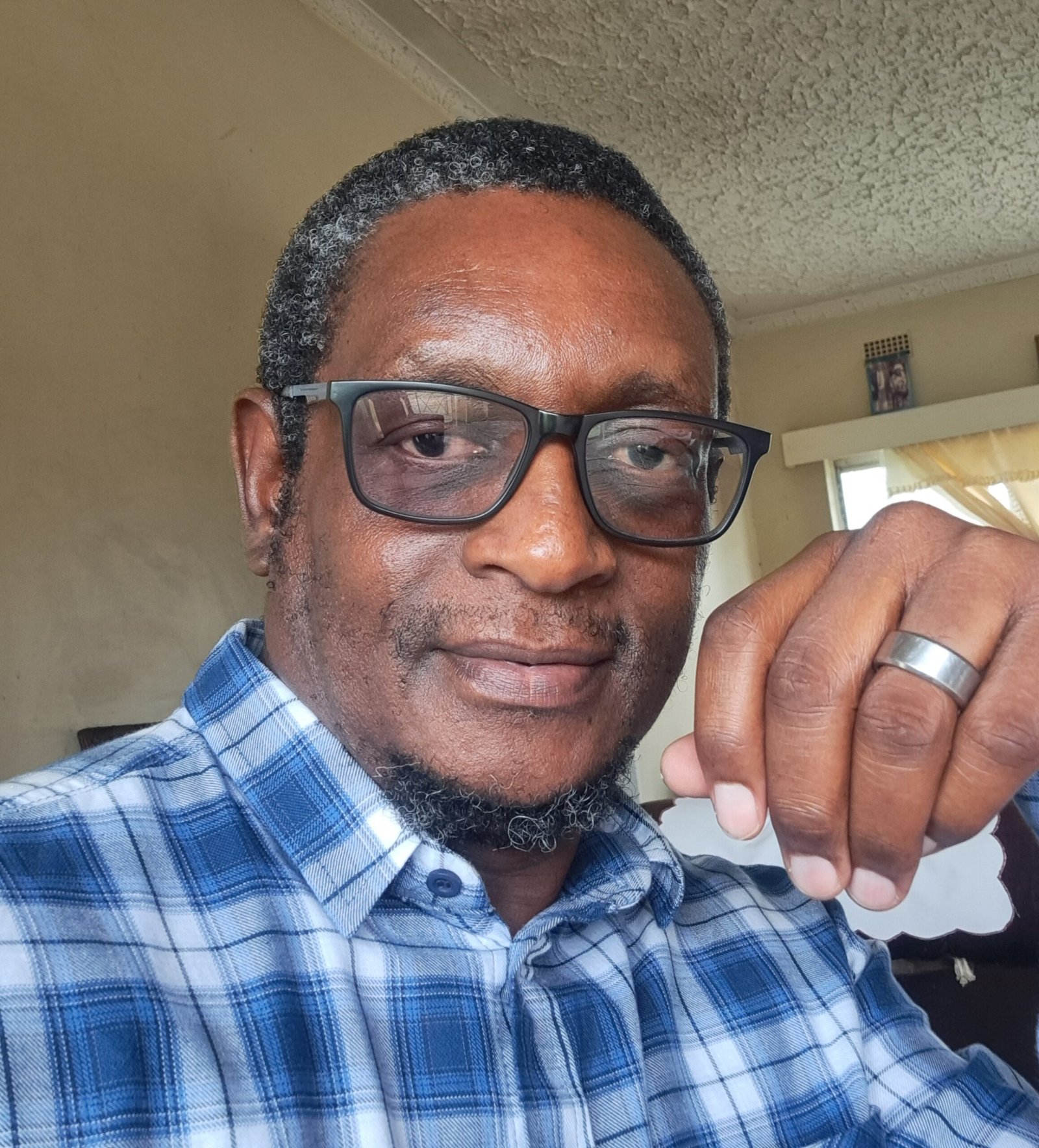Zimbabwe News Update
📅 Published: August 21, 2025
📰 Source: thezimbabwean
Curated by AllZimNews.com
📅 Published: August 21, 2025
📰 Source: thezimbabwean
Curated by AllZimNews.com
And if this is the reality of being middle-income in Zimbabwe, what hope can there possibly be that graduating to “upper middle-income” status will suddenly improve our lives?
According to the World Bank, countries are classified as low-income, lower middle-income, upper middle-income, or high-income, based on gross national income per capita.
The arithmetic is simple: divide the country’s total economic output by its population.
Zimbabwe’s GDP currently stands at about US$44. 4 billion.
With a population of 16 million, this works out to roughly US$2,775 per person, which squarely places Zimbabwe within the World Bank’s lower-middle-income bracket.
In other words, Zimbabwe is already classified as a middle-income economy today — even before we begin talking about reaching upper middle-income status.
On paper, this is not a bad place to be.
But the reality lived by ordinary Zimbabweans bears no resemblance to this statistical categorization.
While figures suggest we have achieved a level of prosperity, the lived reality tells a story of deprivation, poverty, and desperation.
Millions of Zimbabweans struggle to put food on the table, survive on informal vending or menial jobs, and live in conditions that fall well below what even the World Bank classifies as low-income existence.
This contradiction exposes the hollowness of celebrating middle-income status in Zimbabwe.
Let me give an example.
📖 Continue Reading
This is a preview of the full article. To read the complete story, click the button below to visit thezimbabwean.
🔗 Read Full Article on thezimbabwean
AllZimNews aggregates content from various trusted sources to keep you informed.
📰 Source:
thezimbabwean
Aggregated by AllZimNews – Your trusted source for Zimbabwe news
